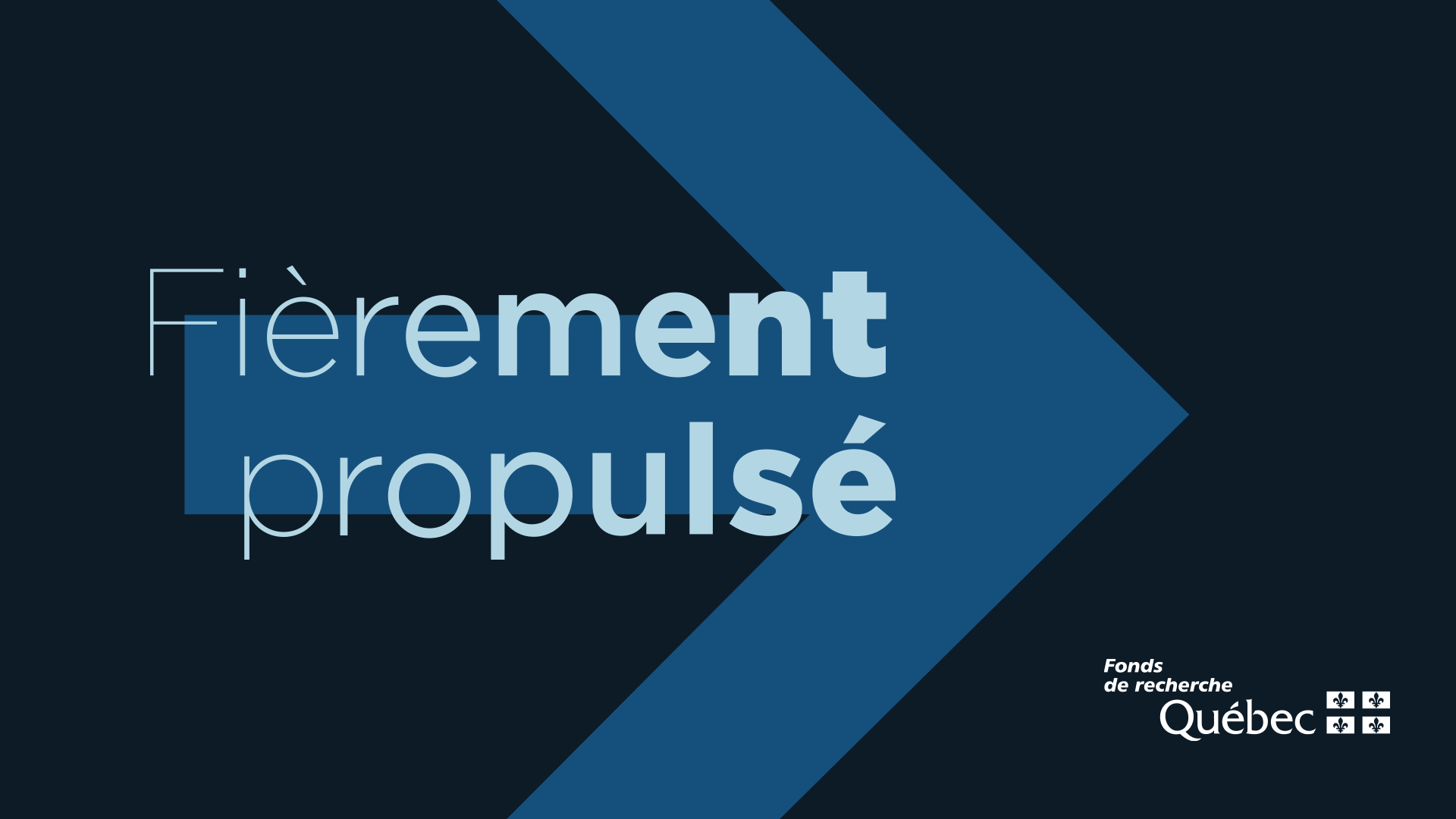Voluntary Assisted Dying: The Impasse and a Way Forward
DOI:
https://doi.org/10.7202/1114959arKeywords:
medical assisted dying, euthanasia, suicide, health policy, ethicsLanguage(s):
EnglishAbstract
The project to provide voluntary assisted dying (VAD) has grown significantly and at an accelerating rate over the past two decades in over 30 countries on four continents. Yet, concomitant with this rise is an increasing opposition to it based on legal, medical, and ethical grounds advanced by a wide range of detractors, giving pause to projects already underway, and bringing its enlargement to a halt. Simultaneously, persons seeking relief from suffering continue to be denied VAD access or are forced to wait for it by decreed compulsory living. Those assisting beyond the legislated parameters of a VAD regime are facing criminal prosecution. The contraposition to VAD has raised the risk of desperate persons seeking relief by committing violent suicide, endangering family, friends, and first responders. In light of this concerning development, I identify how the prevailing legislated approach at the source of these issues is both paradigmatic and problematic. Amendments to existing prohibitions for assisted dying or homicide become the foundation of an assisted dying regime that codifies its essential features, including client typology, life quality for service access or its denial, who is authorized to provide VAD, and when and how it can be administered. While this approach continues to be replicated extensively and has provided some relief to unbearable living, I show how an alternative, time-tested, evidence-based approach for VAD offers an optional pathway that could avoid many of the most challenging aspects of the prevalent model.
Downloads
Published
How to Cite
Issue
Section
License
Copyright (c) 2024 Juergen Dankwort

This work is licensed under a Creative Commons Attribution 4.0 International License.
The Canadian Journal of Bioethics applies the Creative Commons Attribution 4.0 International License to all its publications. Authors therefore retain copyright of their publication, e.g., they can reuse their publication, link to it on their home page or institutional website, deposit a PDF in a public repository. However, the authors allow anyone to download, reuse, reprint, distribute, and/or copy their publication, so long as the original authors and source are cited.

















_smaller.png)

